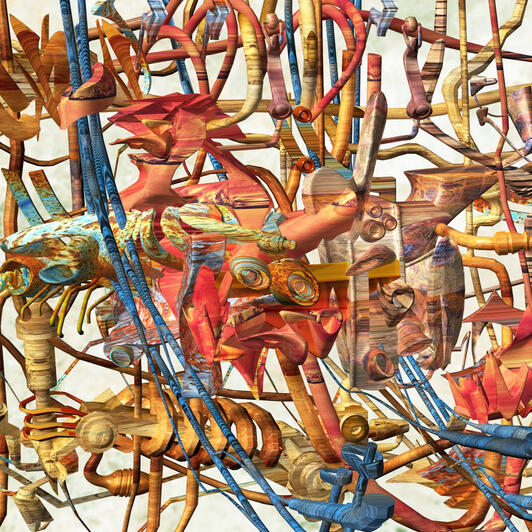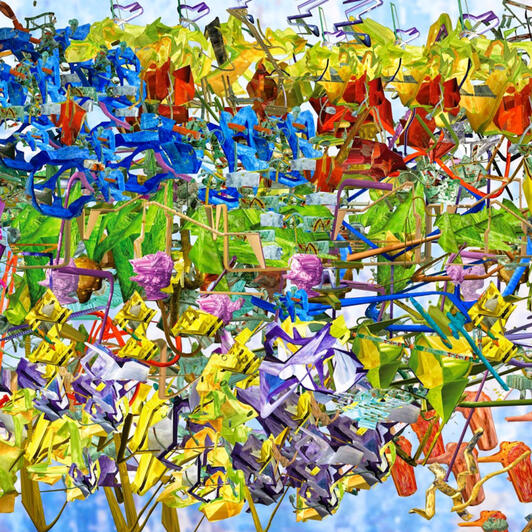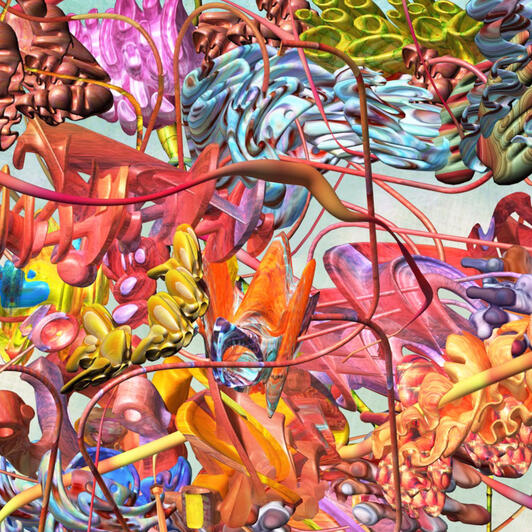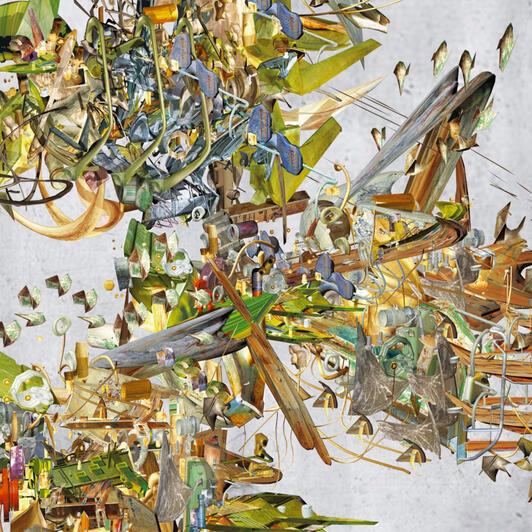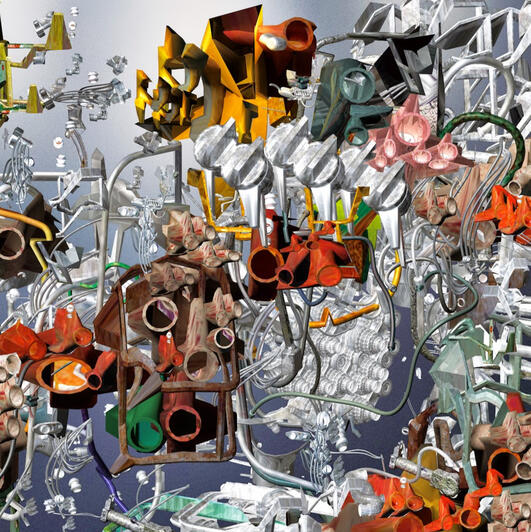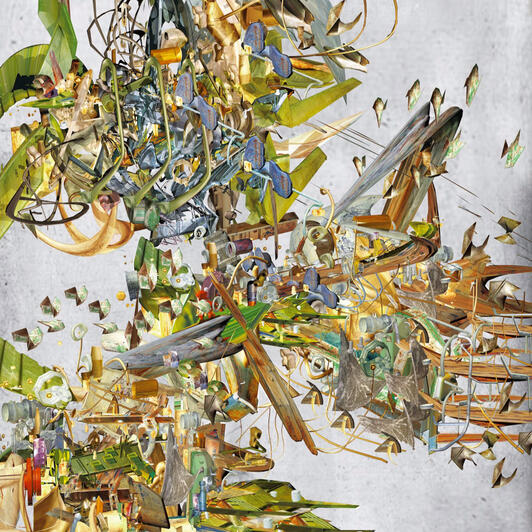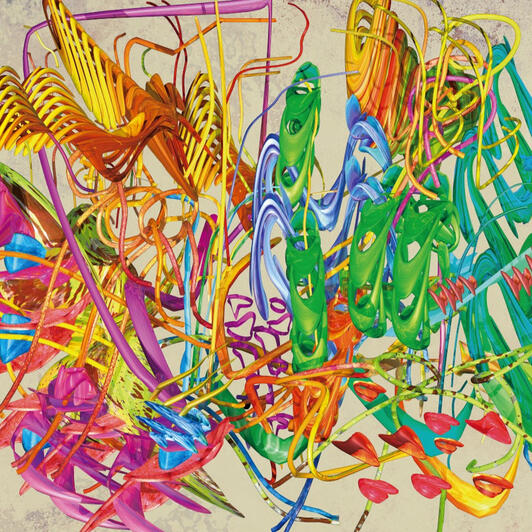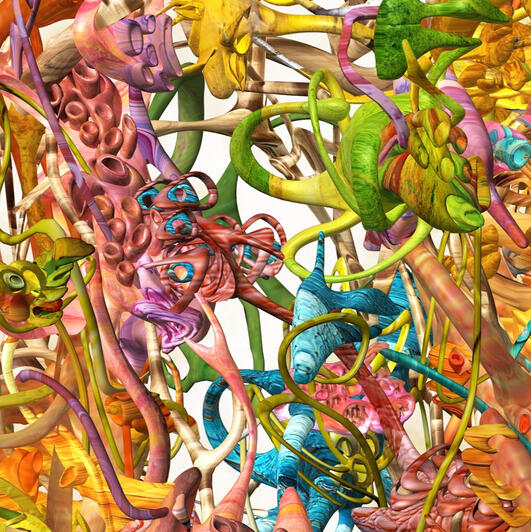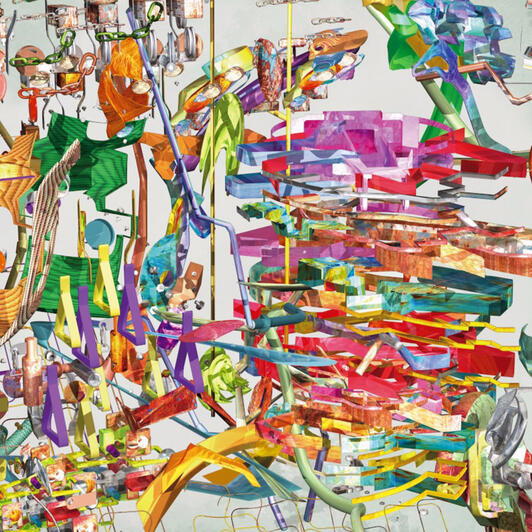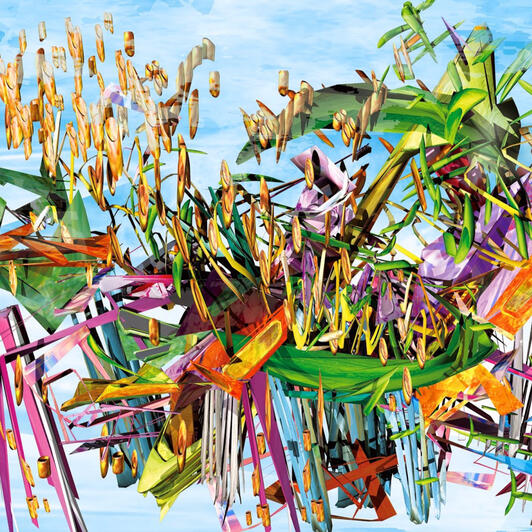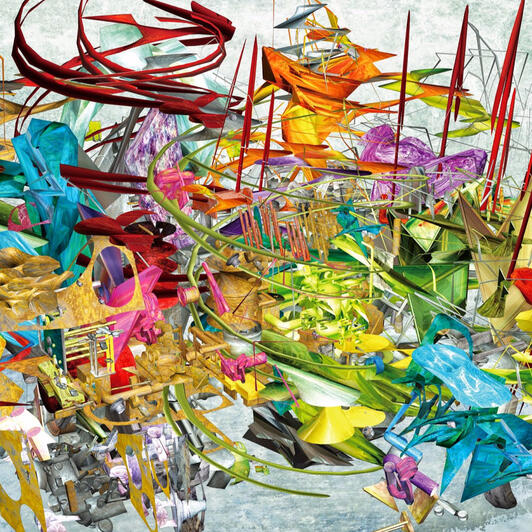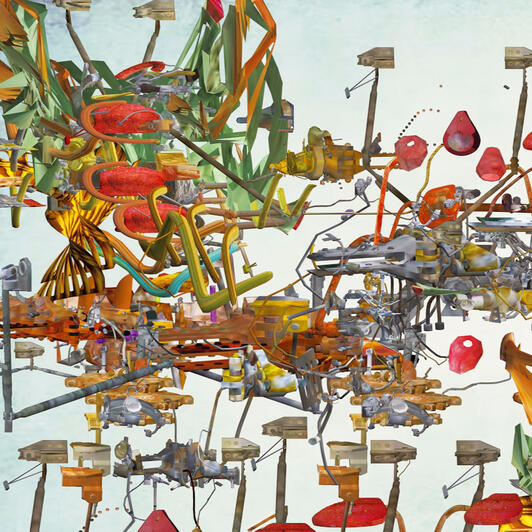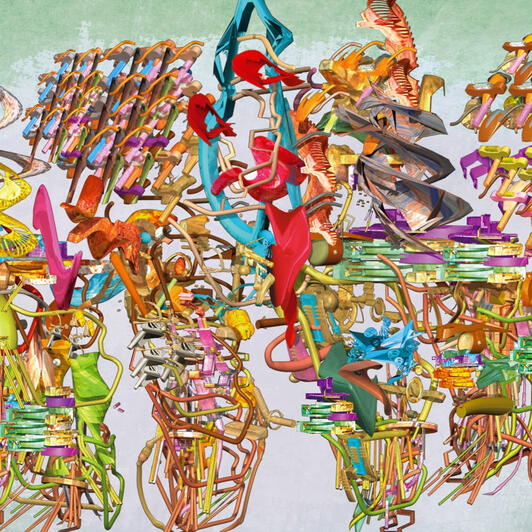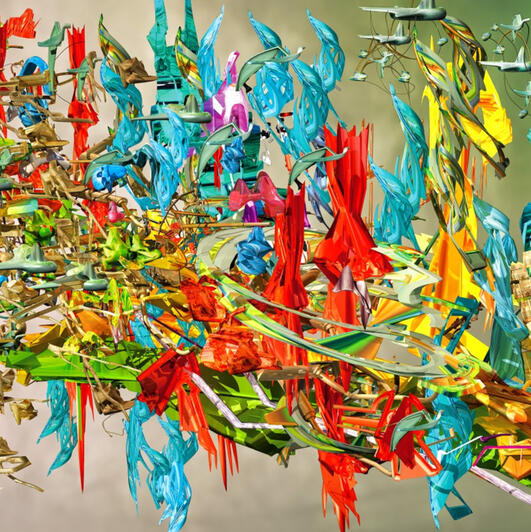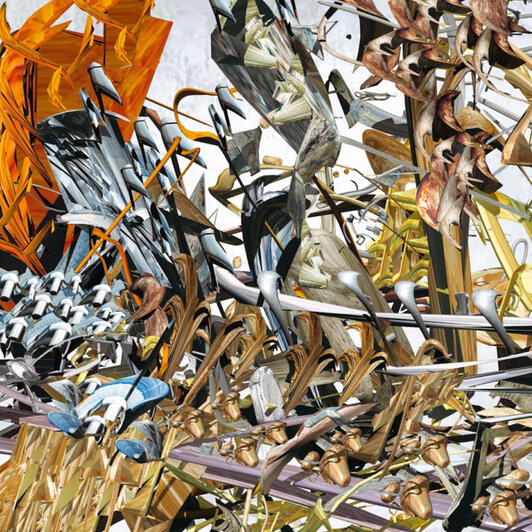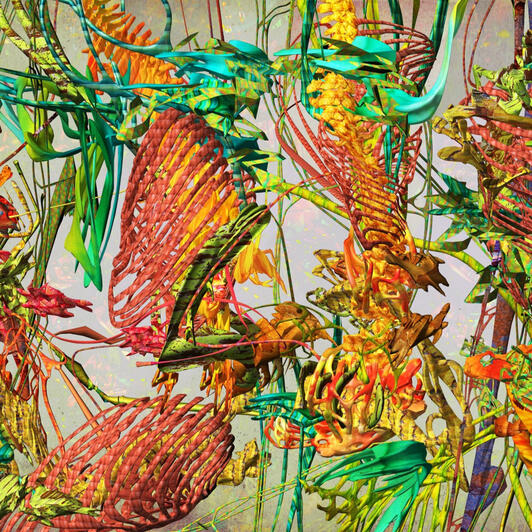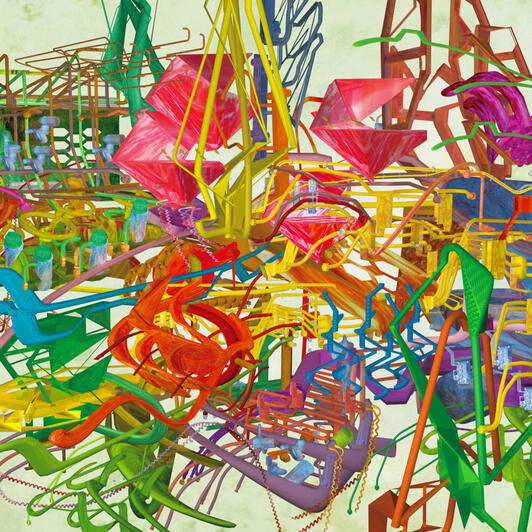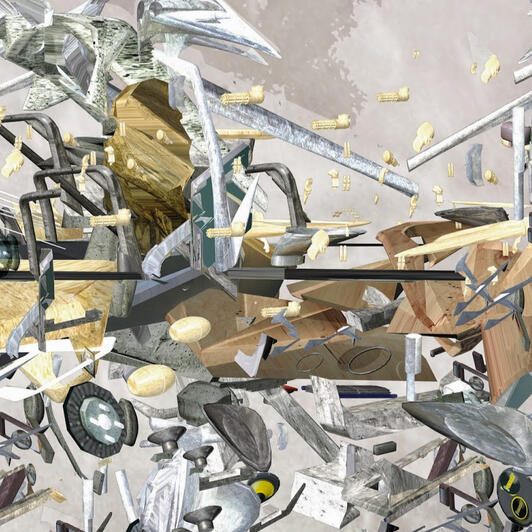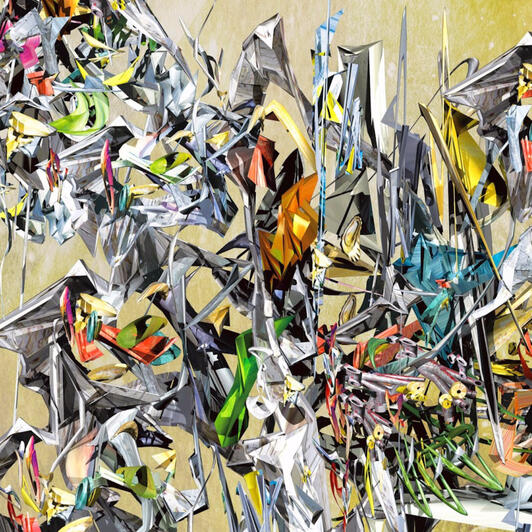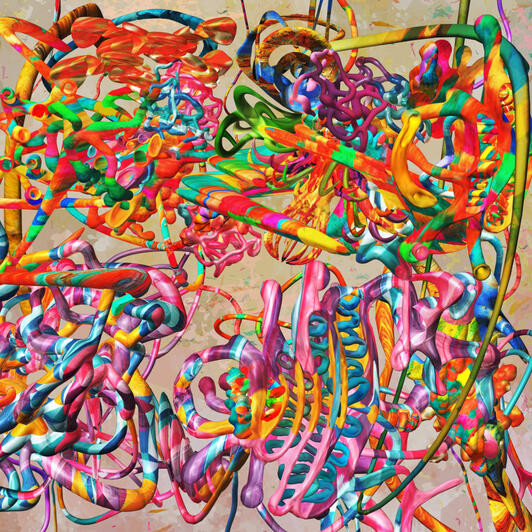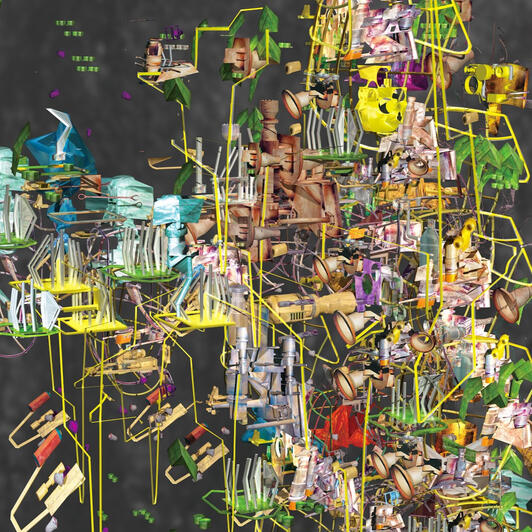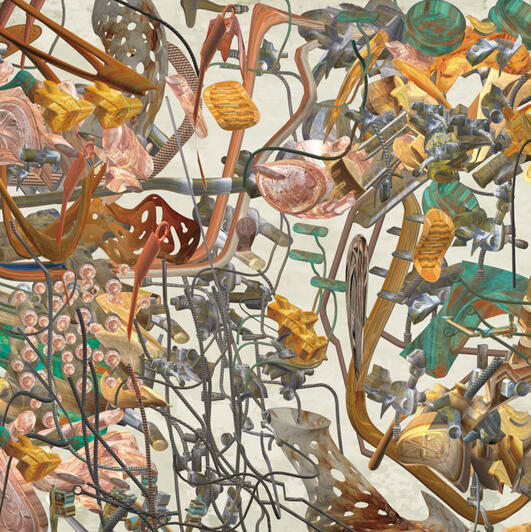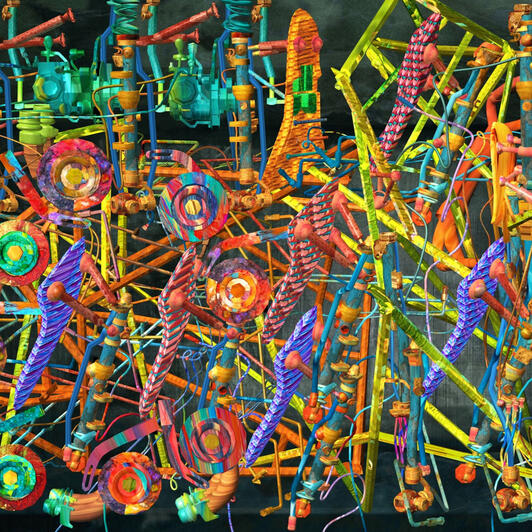Artist, Designer, Architect
Ryota Matsumoto | 松本良多
As an artist, designer and architect, Ryota Matsumoto (松本良多) is internationally recognized as one of the progenitors of the postdigital art movement.Born in Tokyo, he was raised in Hong Kong and Japan. He received a Master of Architecture degree from University of Pennsylvania in 2007 after his studies at Architectural Association in London, Mackintosh School of Architecture, Glasgow School of Art and University of Miami in early 90’s.Matsumoto has previously collaborated with a cofounder of the Metabolist Movement, Kisho Kurokawa, and with Arata Isozaki, Peter Christopherson, Cesar Pelli and MIT Media Lab.https://www.ryotamatsumotostudio.com
Art, Design & Architecture
Concept
Matsumoto’s work reflects the morphological transformations of our ever-evolving urban and ecological milieus, which could be attributed to a multitude of spatio-temporal phenomena influenced by social, economic, and cultural factors. These works are created as visual commentaries on speculative changes in notions of societies, cultures, and ecosystems in the transient nature of constantly shifting topography and geology.The artworks explore the hybrid technique, combining both traditional (ink, acrylic, and graphite) and digital medias (algorithmic processing, data transcoding, and image compositing through customized software).The varying scale, juxtaposition of biomorphic forms, intertwined textures, oblique projections, and visual metamorphoses are employed as multi-layered drawing methodologies to question and investigate the ubiquitous nature of urban meta-morphology, emerging realities of post-human dystopia, and their visual representation in the context of non-Euclidean configuration. The application of these techniques allows the work to transcend the boundaries between analog and digital media as well as between two- and multi-dimensional domains.Matsumoto’s process-oriented compositional techniques imbue the work with what we see as the very essence of our socio-cultural environments, beyond the conventional protocols of architectural and artistic formalities; they conjure up the synthetic possibilities within which the spatial and temporal variations of existing spatial semiotics emerge as the potential products of alchemical procedures.


